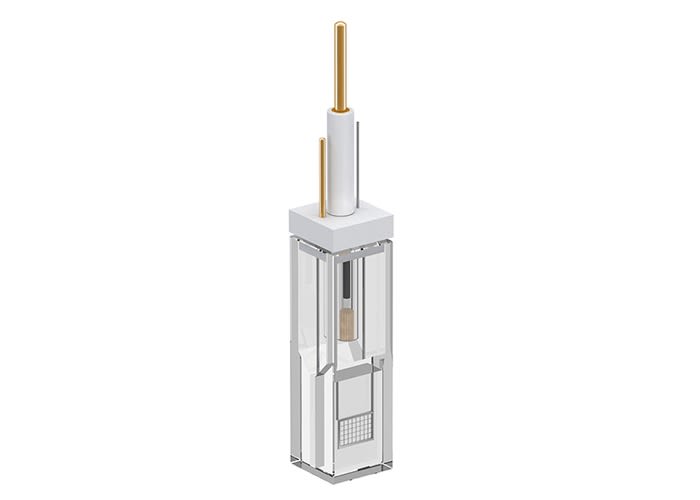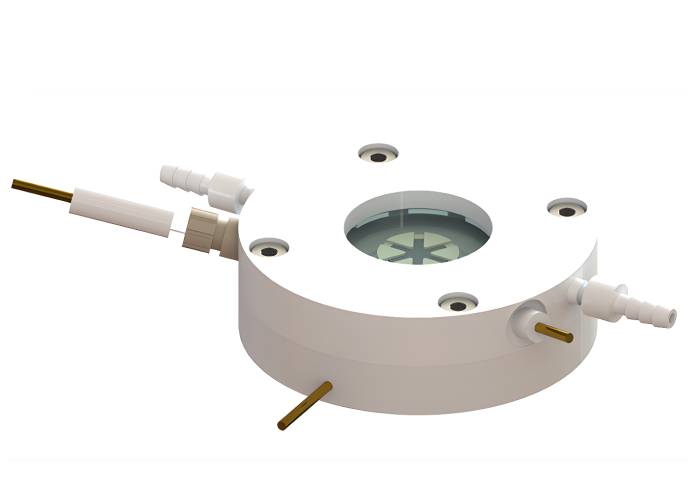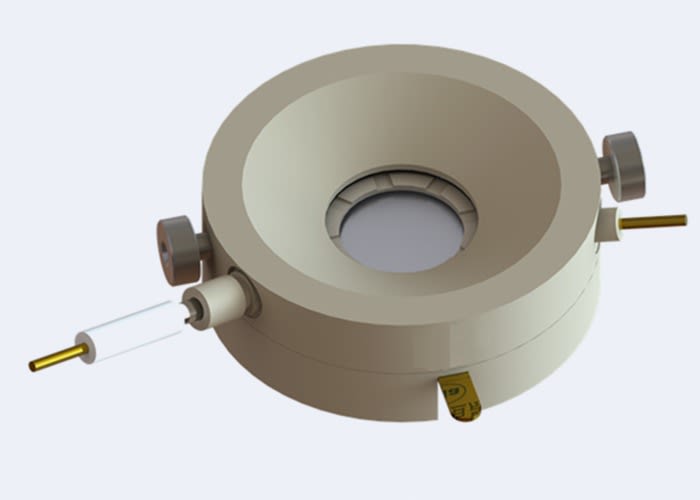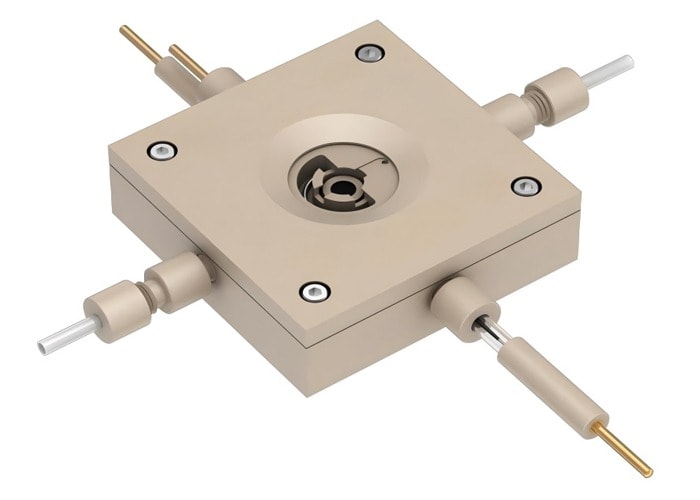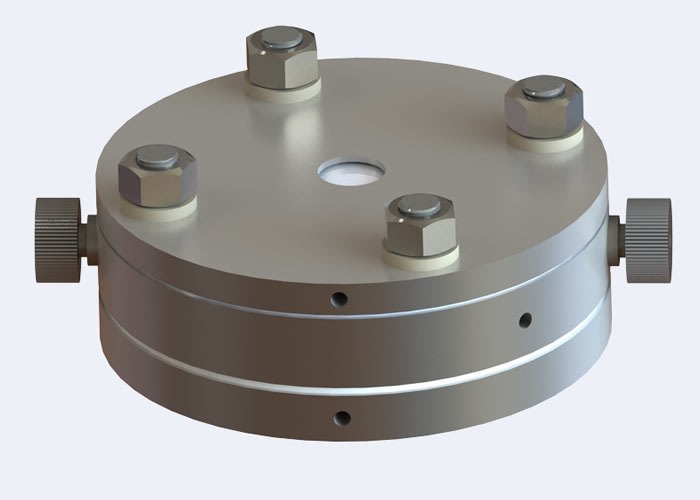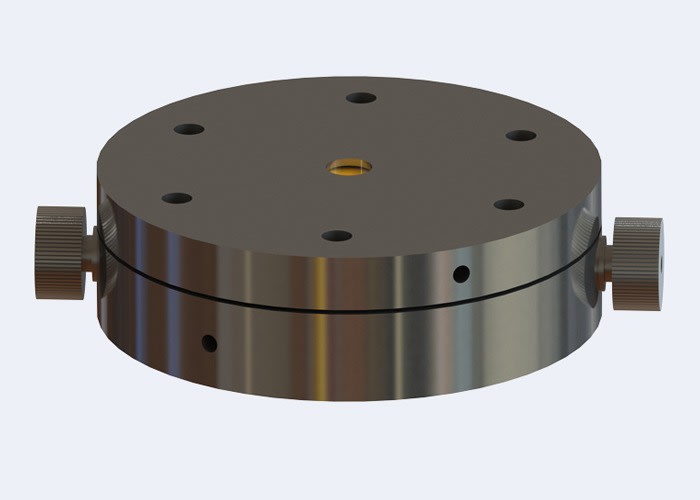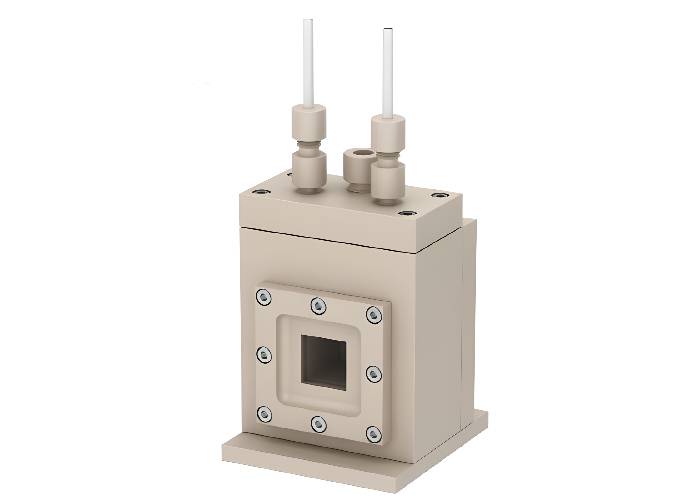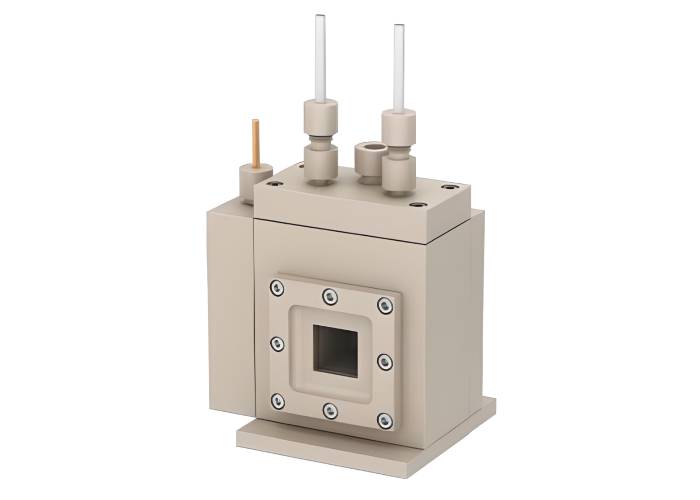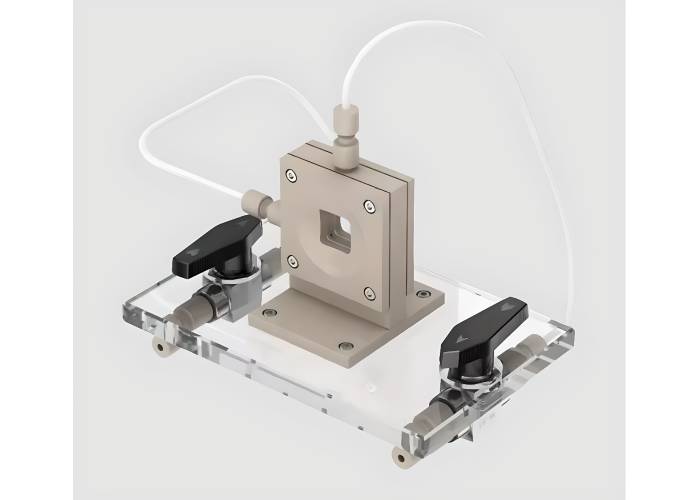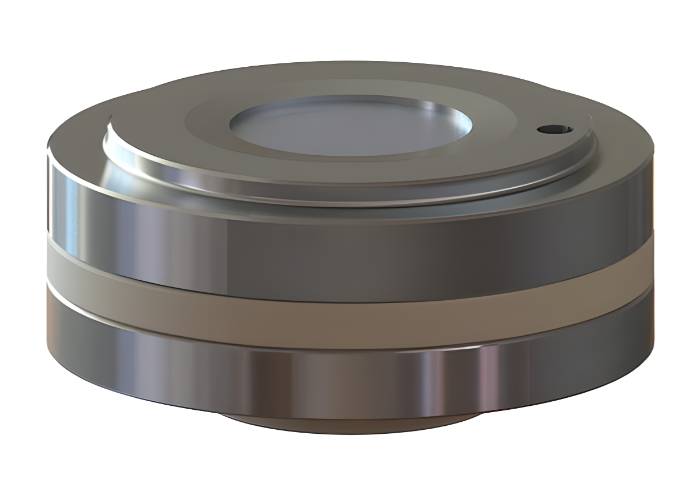
In-Situ Battery XRD Test Cell (for Japan Rigaku XRD full)
The In-Situ Battery XRD Test Cell for Rigaku XRD full enables operando structural observation during cycling. Stainless steel with insulating base, Be/Kapton window (Ø24mm), PTFE sealing supports φ16mm electrodes, 6mm stacks for structural analyses.
Description
Principle of Operation
This in-situ battery XRD cell design allows operando observation of structural changes in electrode materials during cycling, by incorporating an X-ray transparent observation window while maintaining a sealed electrochemical environment. Lithium insertion/extraction causes lattice expansion, contraction, or phase transitions; capturing these changes in real time requires synchronized diffraction and electrochemistry. The in-situ cell overcomes the limitations of ex-situ techniques, where phases relax or degrade during disassembly.
Key Features & Specifications
- Body materials: stainless steel upper body, insulating lower part (e.g. PEEK or ceramics)
- Observation window: Be or optionally Kapton foil, dimension ~Ø24 mm × 0.2 mm
- Electrode accommodation: up to φ16 mm diameter
- Stack thickness: up to ~6 mm total (cathode + separator + anode)
- Sealing system: PTFE sleeves and O-rings for strong sealing
- Electrical connectors: dual terminal feedthroughs compatible with battery cyclers
- Modular assembly: disassemblable for cleaning, electrode loading
- 2θ coverage: broad angular range according to Rigaku XRD geometry
Compatibility & Integration
Engineered for full-scale Japan Rigaku XRD instruments (e.g. D/MAX, SmartLab series), this cell interfaces with standard sample mounts and goniometers. It supports integration with potentiostats, battery cyclers, and can be modified for simultaneous Raman or optical measurements. It is also suitable for beamline upgrade or synchrotron use given suitable window modifications.
Typical Applications
- Monitoring structural evolution in Li, Na, or multivalent battery systems
- Quantitative Rietveld refinement of lattice parameters vs state of charge
- Investigating stress, microstrain, peak broadening under cycling
- Studying intermediate or metastable phases not accessible ex situ
- Validating new electrode formulations, solid-state or hybrid systems
Customer Reviews
Related Product
Explore our precision instruments designed for electrochemical research and energy applications
Still Wondering About Something?
Explore our FAQ for fast, clear answers to the most common questions—available 24/7.



